Update 4/17: City Clock has now updated its post using a revised methodology.
We don’t usually devote much space to the endless lists ranking Portland among the best this or that for biking, and with good reason — most of them aren’t worth much. One list that was published yesterday has some noteworthy tidbits, but wouldn’t have been worth mentioning here if it hadn’t hornswaggled us at first.
An article on cityclock.org titled “Top 10 cycling communities in America” (later changed to “Top 12 cycling areas”) claimed that Census commute data showed central Eugene to be the best neighborhood in the country for biking, and that Portland’s Hosford-Abernethy — Hawthorne to Powell, 29th to the Willamette, including Ladd’s Addition — ranked 10th.
Both of these are very good places to ride bikes, and biking to work is more popular in those neighborhoods than elsewhere in each city. But beyond that, the methodology the site used doesn’t really stand up.
According to an email from City Clock writer Justin Swan, who lives in Canada, he assembled the list by looking up the Census tracts with the most bike commuters in the cities that topped Bicycling Magazine’s well-known and semi-arbitrary list. (One due to be updated any day now, by the way.)
It was a worthwhile exercise as Census dives go, intended to check whether a few extremely bike-friendly neighborhoods have been “propping up the reputations” of the country’s top cities. But it’s not, by any standard we’d use at BikePortland, a list of the country’s best neighborhoods for biking. Making matters worse, it’s possible that Swan lumped taxi commutes in with bike commutes, dramatically inflating the supposed bike-commute rates for rich parts of Manhattan.
Here’s what actually seems to be true: according to the Census’ 2008-2012 American Community Survey, the Hosford-Abernethy area of inner Southeast Portland has the highest bike-commute rate in the City of Portland: about 20 percent. And central Eugene has an even higher-bike commute rate: about 30 percent.
Thanks to the several commenters (see below) who expressed skepticism of this ranking after I posted it late Monday afternoon. I should have looked deeper at this data before sharing it here. We try not to publish information that’s unreliable, but when we err, corrections and rebuttals are always welcome.


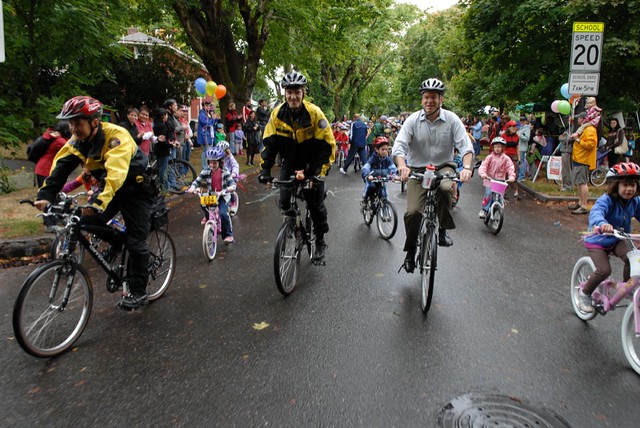
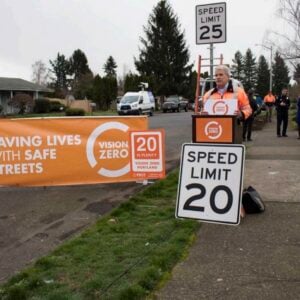
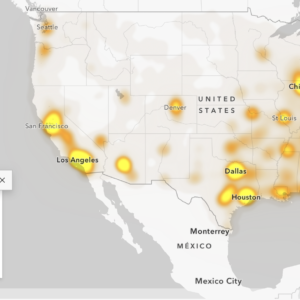
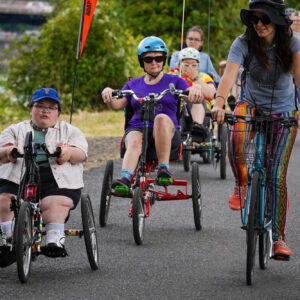
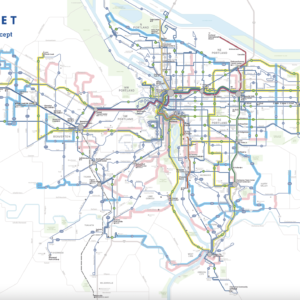
Thanks for reading.
BikePortland has served this community with independent community journalism since 2005. We rely on subscriptions from readers like you to survive. Your financial support is vital in keeping this valuable resource alive and well.
Please subscribe today to strengthen and expand our work.
Maybe the folks who keep calling the cops to Ladd’s Circle will appreciate their neighbors’ fame? Or maybe not.
Ladd’s Addition stop sign stinks should have resulted in an automatic disqualification.
that would be stings not stinks…Freudian slip
😉
Hosford-Abernethy area is riddled with cyclists, bike commuters, and pedestrians. It is awesome! And probably a bit overwhelming for vehicles. Congrats!
As a recent New York resident, I call BS on the results. There is ***no chance*** that anywhere near 1 in 5 people living on the upper east side bike to work. I suspect this is because people who commute by taxi or car service are getting lumped into the “other” category on the census results. (Think about it: a car service or taxi isn’t “driving” akin to driving yourself, nor is it “transit”, nor is it a “carpool.”)
The same is likely for the west village. The Williamsburg numbers are likely a bit more accurate since taxis are harder to get there.
Biking in New York has gotten much more popular in the last few years, but even in the most popular areas, I’d be surprised if its mode-share was in the double digits.
Ciaran, I hate to say it but I think you’re right. I think there are some serious problems with these numbers and I’m going to make some changes to the post to reflect that.
Thanks for updating. If anything, I think the confusion about this data suggests that there should be a push to modify the census questions to yield better data in the future.
I sense these Census data are a little suspect. For instance, I have no idea how the Upper East Side in Manhattan made it to #6. I commuted there by subway/walking for the last five years and I walked across that protected bike lane on 1st Ave. that is in the picture every day – I almost never saw any bikes. In fact, it always looks just like it is in the picture – empty. The only bikes I ever saw in that area were the occasional food delivery guys.
neighborhoods in Boston/Cambridge/Somerville/Brookline seem conspicuously absent – the entire city of Cambridge has almost 10% bike mode share (and this is not including college students), and the bulk of that is in the eastern section of the city.
And the Boston area has a high number of people who do mixed modes – so they tend to not be counted in census data since they spend more time on public transit than biking.
The researchers can correct for motorcycle, skateboard and taxi use by using the metro average for these modes as reported in the 2010 metro census reports. That’s a better approximation than just assuming all are bike trips.
Ted Buehler
Last year’s Portland Bicycle Count Report shows changes for bicycle commuting at the census tract level back to 1990. Look at last 5 pages of document. The 2013 report will include the most recent census tract data (2008-2012). See the 2012 report here:
http://www.portlandoregon.gov/transportation/article/448401
Thanks, Roger – great data. Another part of the complication, as you probably noticed, is that Swan’s definitions of “neighborhood” as they relate to Census tract boundaries were sort of arbitrary.